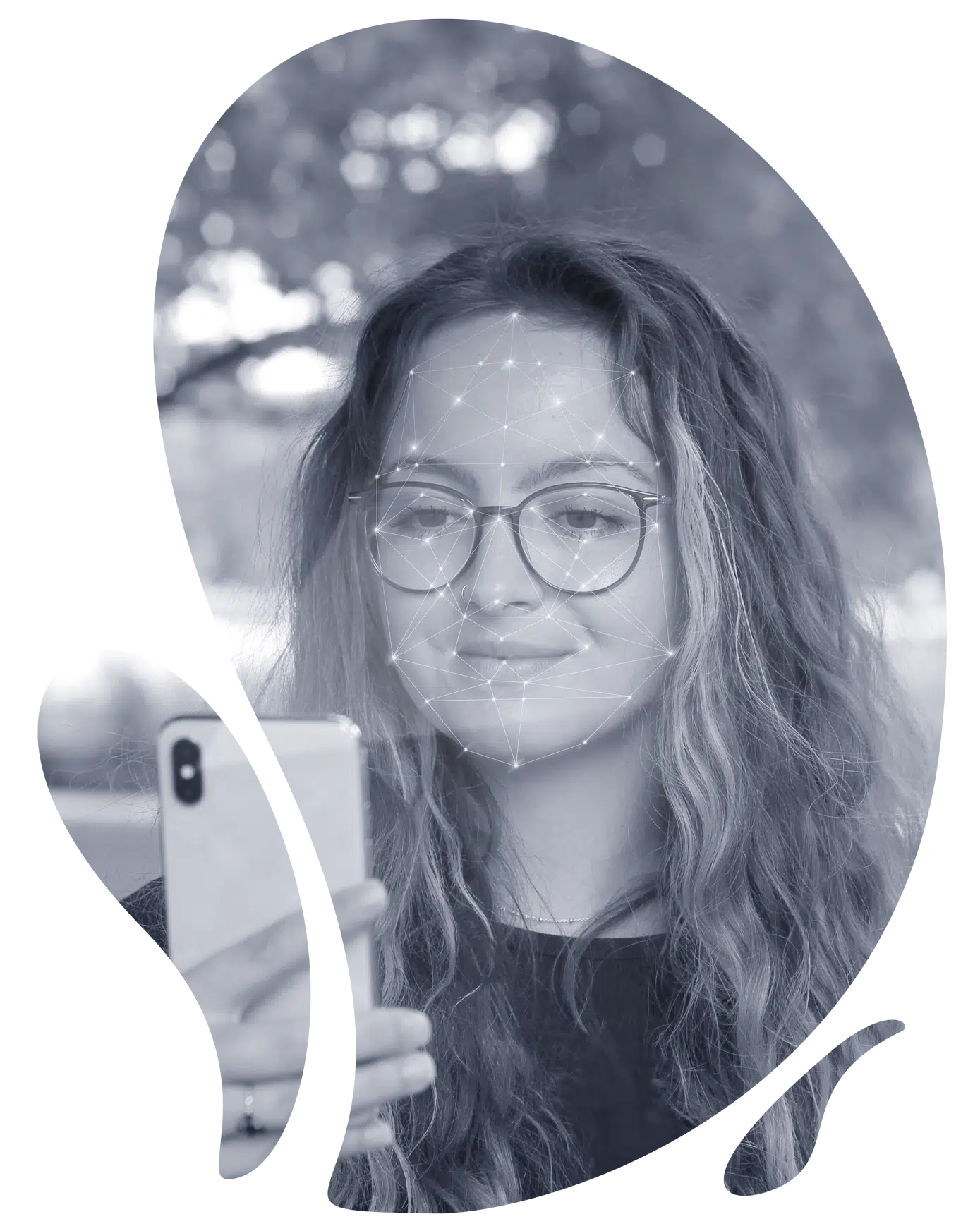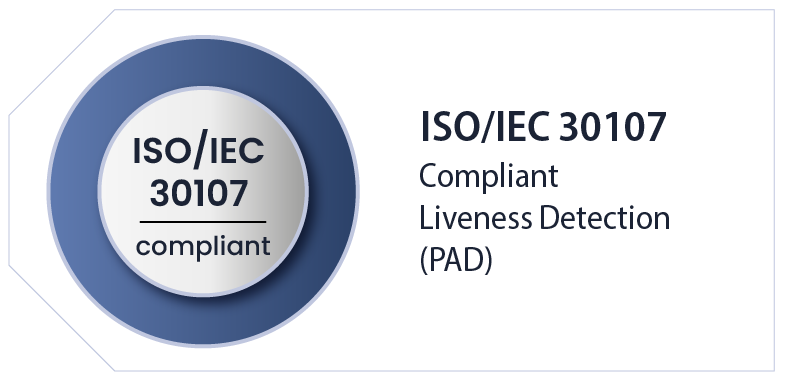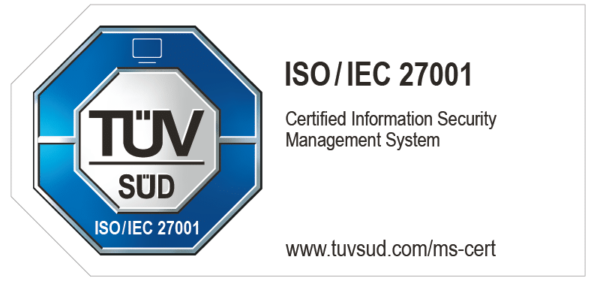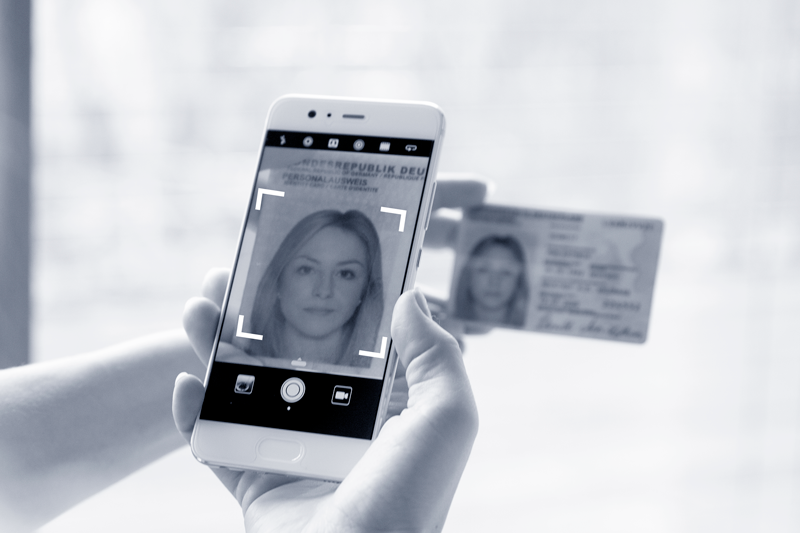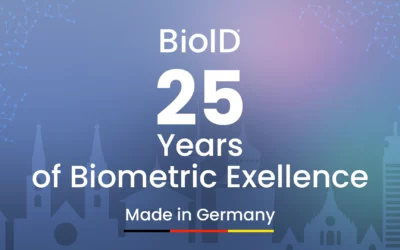BioID’s Leading Biometric Services
Liveness Detection
Patented Presentation Attack Detection (PAD)
Compliant with ISO 30107-3
Supports both active and passive
Deepfake Detection
Simple API integration
Reliable against AI-generated identity theft
Real-time evaluation
Trained with vast datasets
PhotoVerify
Enables KYC/AML components
ID ownership verification
Secured by PAD
Simple face + (ID) photo matching
Face Recognition
Highly accurate cloud-based authentication
As easy as taking a selfie
Pioneer since 1998
Secured by liveness detection
25 Years of the Company BioID
Test all our services on the BioID Playground
Who is BioID?
With its R&D based in Nuremberg, BioID is a pioneer in Biometrics as a Service and a trusted face biometrics company.
BioID has its origins in the renowned research institute Fraunhofer IIS in Germany – the innovation hub for ground-breaking technologies, such as MP3.
Today, the AI-powered BioID Web Service (BWS) is being used worldwide by solution providers as well as in the financial sector, telcos, military services, governments, and more.

World’s 1st Biometric SaaS

Biometrics Specialist since 1998

Compliant with Industry Standards

EU GDPR Compliant
Use Cases for Face Biometrics
KYC/AML
ID ownership verification as a part of KYC. Regulatory requirements to prevent identity theft, fraud, and money laundering.
Work from Home
Biometric authentication and presence detection for remote workers to ensure session integrity and prevent unauthorized access.
Resources
The BioID Resources section is a rich library that contains comprehensive knowledge, information, videos,
as well as our Playground to test face biometrics, liveness detection, ID verification, and more.
In addition, it includes BioID’s popular face database used by researchers
to compare the quality of their face recognition algorithms with others.
Testimonials
News & More
BioID website Relaunch – 25 Years of Biometric Excellence Made in Germany
25 Years of Biometric Excellence Made in Germany – Relaunch
Nuremberg – December 11th, 2023
BioID is celebrating a Milestone of Proprietary Biometric Software Technology.
We are thrilled to announce our company relaunch, marking an incredible journey of 25 years!
Zero Footprint Secure Cloud Biometrics – Why it is Good to Have Your Head in the Clouds with Sustainable AI
Zero footprint Biometrics as a Service (BaaS) refers to a cloud-based solution that enables the use of biometric technology without requiring any physical infrastructure or on-premises installations.
ChatGPT, Deepfakes, and Fake News – A Threat to Democracy, Science, and Business?
NRW Security Day 2023 brought together an array of distinguished experts, each contributing their unique perspectives to the discourse of “ChatGPT, Deepfakes and Fake News – A Threat to Democracy, Science, and Economy?”
Made in Germany
since 1998

Originating from the research institute Fraunhofer IIS in 1998, BioID is a German face biometrics company.
Our technology has a proven record since its inception and is trusted by countless enterprises, banks, and government organizations.
